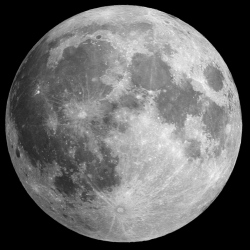
CMU has unveiled Andy, a four-wheeled unmanned rover designed to explore the rough terrain and recently discovered pits of the Moon. The solar powered robot is CMU’s entry for the US$20 million-plus Google Lunar XPrize, and may one day help pave the way toward permanent outposts on the Moon.
Named after Andrew Carnegie and Andrew Mellon, Andy was built to withstand the freezing cold and boiling hot temperatures of the lunar surface in the Lacus Mortis, or "Lake of Death" region. The product of nine months labor by a workforce made up mostly of 50 CMU students, it’s powered by 100 W solar panels and a 20 V lithium-ion battery.
Despite its light weight of 33 kg (72.7 lb), Andy has been designed to handle rough terrain. Standing 102 cm (40 in) high, its four 30 cm wheels provide 18 cm of ground clearance, as well as a wide stance and a low center-of-gravity. Meanwhile, its brushless in-wheel electric motors allow the rover to negotiate slopes and rocks at speeds of up to 18 cm/sec (7 in/sec). In addition, CMU says that Andy has the "softest footprint and greatest strength-to-weight ratio of any space rover to date."
